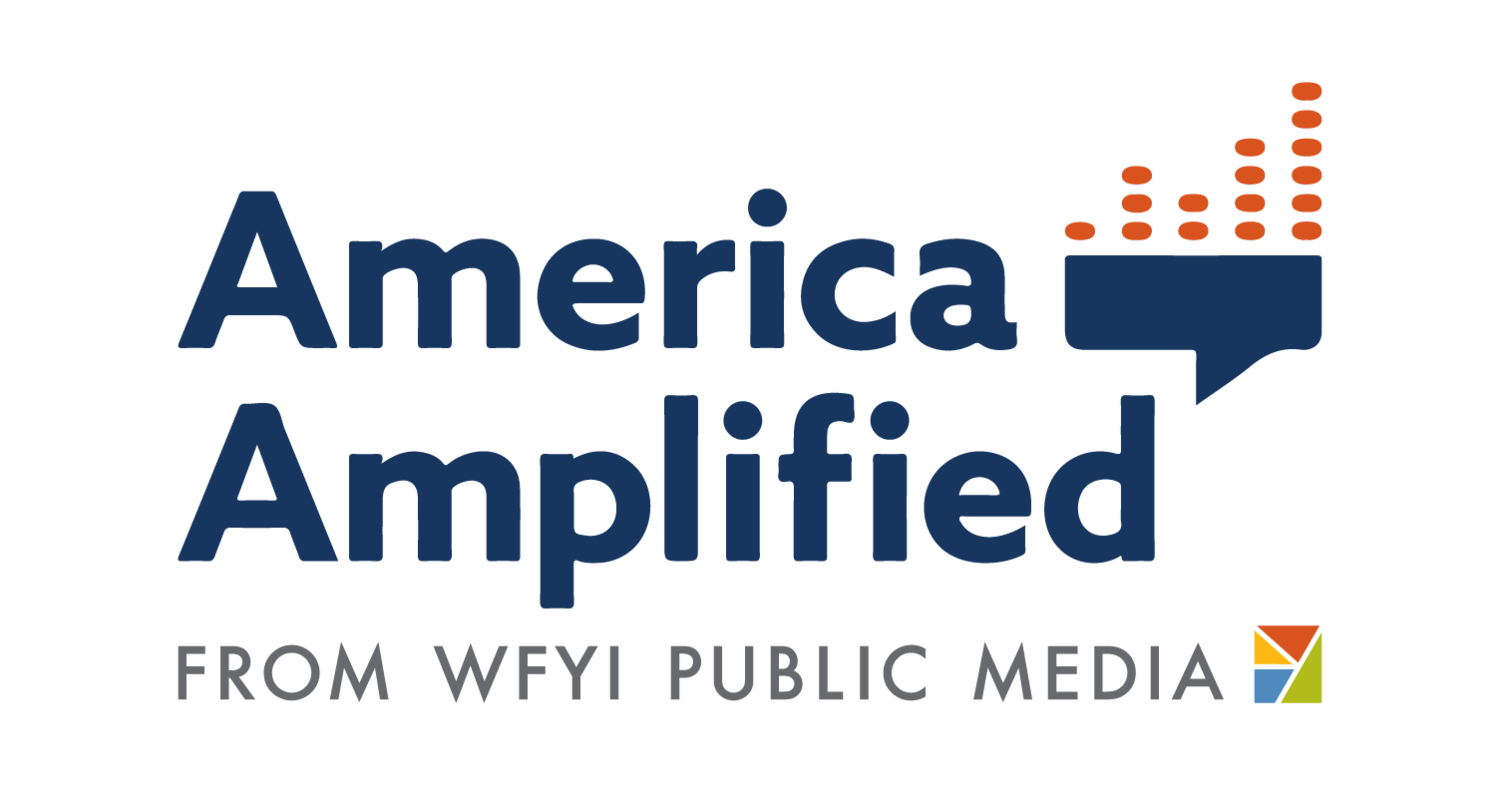How Decibel at Austin PBS is addressing information needs in semi-rural Del Valle
The Del Valle Resource Guide from Decibel at Austin PBS.
Decibel is the community-led journalism project at Austin PBS in Texas. The team has set out to amplify diverse voices through listening sessions and in-depth reporting that addresses communities information needs. Most recently, Decibel released its Del Valle Resource Guide after spending nearly a year in the community. Decibel’s Executive Editor Samantha Guzman explains how her team worked to address this community’s information needs.
Tell us who you are, and share a brief summary of the reporting project?
I’m Samantha Guzman, and I’m the executive editor of Decibel, a community-led reporting project at Austin PBS. For almost a year, our team has been doing outreach and reporting in Del Valle, a semi-rural community just southeast of Austin. Del Valle is fractured between the city of Austin, municipal utility districts and unincorporated county spaces, which makes it challenging for people in the area to know who is in charge of fixing a particular issue. In order to help cut through some of that confusion, we crafted this Del Valle Resource Guide.
How did community engagement inform your reporting?
Since we are a community-led journalism initiative, our reporting always begins with listening first. We do this by hosting listening sessions with community members to get story ideas and feedback on our work. We try to be open to what a community tells us they need from our reporting even if it’s something we’ve never done before.
That’s how we came to work on the Del Valle Resource Guide. We kept hearing in listening sessions how hard it was for people in Del Valle to know who to call or where to go for certain resources. For example, there are two law enforcement agencies that have jurisdiction in Del Valle: the Austin Police Department and the Travis County sheriff’s office. So community members are often confused about who will show up when they need help.
We kept hearing about these issues in listening sessions until one day one community member said that they wished there was a guide that clearly explained who was in charge of what. After that we decided to create one.
How did you build trust in the community you were reporting on?
Our listening sessions are all about building trust. I think we do that by letting the communities we cover tell us what they want from our work. It takes some of the decision making power from our staff and gives it to the people. I think that builds trust because we are telling people you know better than us what’s needed so tell us and we will try our best to meet those needs. We also continue to go back to the community for feedback. We have them rate stories. We give them opportunities to tell us how our work can be better. We don’t just host one listening session or report one story and leave, we really try to invest time in a place in order to build that trust.
How are you bringing this reporting back to the community?
We are experimenting with a few ways to get the resource guide out into the community. It lives on our website so we are doing all the traditional online promotional stuff like posting on social media, but we know from our reporting that Del Valle is a community that lacks reliable internet access so just distributing this guide digitally won’t work for everyone. We are trying a text distribution service, delivering the guide to community spaces in the area and even coming up with a plan for block walking in neighborhoods to distribute printed versions of the guide to help get the word out.
What lessons do you take away from this project in terms of strengthening your engagement?
It seems kind of like a no brainer, but I’m constantly reminded of how much time it takes to make work like this possible. When we first decided to work on the resource guide we thought we could have it ready in two months. The guide ended up taking about seven months to complete and we are still putting together outreach plans for distribution. I also think it’s a great reminder that engagement work takes more than just the people in your newsroom. Our web, graphics, events and marketing team were all critical to making this one project possible. We could not have done this project or all of the work we do without them.


